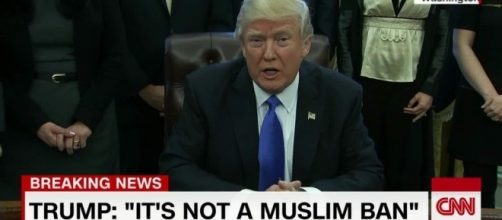Trump is still a headline for most of our news and it doesn't look like this will change anytime soon. The new Travel Ban proposes a 90 travel day on six Muslim countries and stops refugees entering the US. Essentially this is the same as the first proposed travel ban, however, Iran has been taken off the banned list -- leaving Iran, Lybia, Somalia, Syria and Iraq on the banned list.
Why has the travel ban changed?
The previous travel ban affected many US citizens and many who had already received and been approved for a visa. The new travel ban, however, will not affect American citizens who have received travel permits.
The new ban has also been reworded not to favor certain religious minorities, for example, those of the Christian religion fleeing Syria. The original travel ban was blocked by US courts due to legal complications. This, however, seems very broad but mostly means that it was unconstitutional due to its effect on American citizens. Many in the courts also ruled that it was unfair to mostly target Muslims and it would create a further alienation of US Muslim citizens.
Hawaii has challenged the new ban
Hawaii has been one of the first states to challenge the new ban stating it is still anti-Muslim and is essentially a Muslim ban. Hawaii has stated that they believe it the ban brings back world war two echoes due to the Japanese internment after pearl harbor.
This is the essentially brave statement to make from Hawaii as it outlines the danger of the trump administration's proposed plans so far.
Could the travel ban be blocked again?
If the Us courts find the ban unconstitutional or find there are any legal issues this ban will be blocked like the first. The Trump administration can continue to make amendments to the bill until it is either passed by courts or abandoned by the administration. However rather than creating bans and restricting entry to the US, it would be a good idea for the Trump administration to build relations with these six countries that are a supposed threat.

